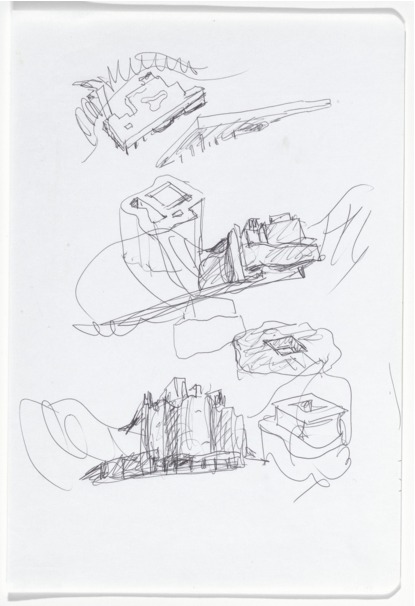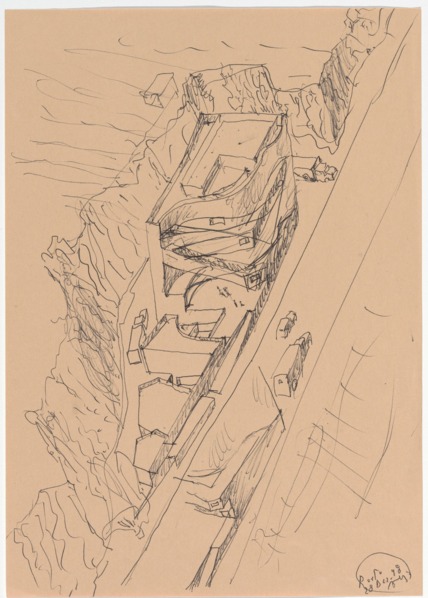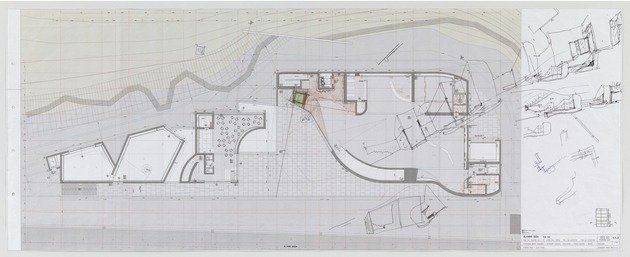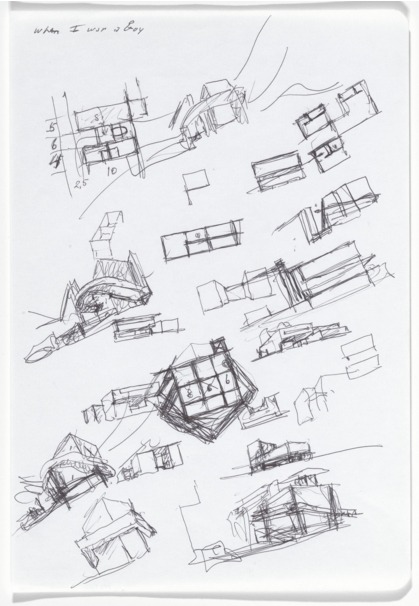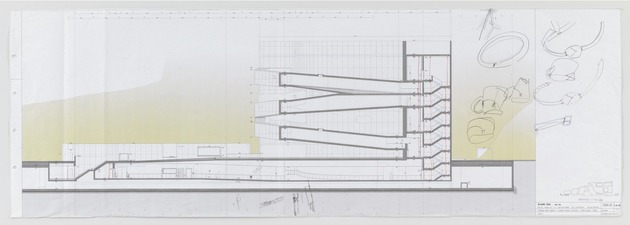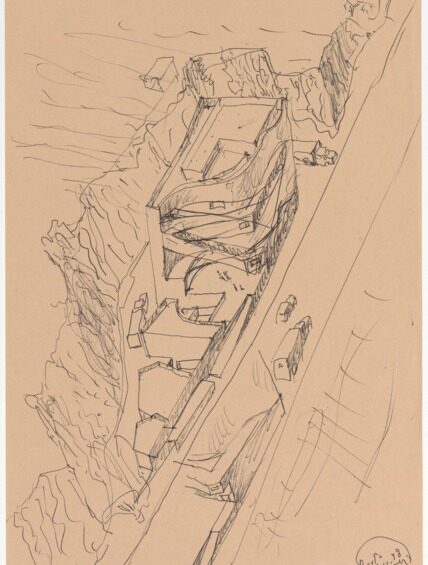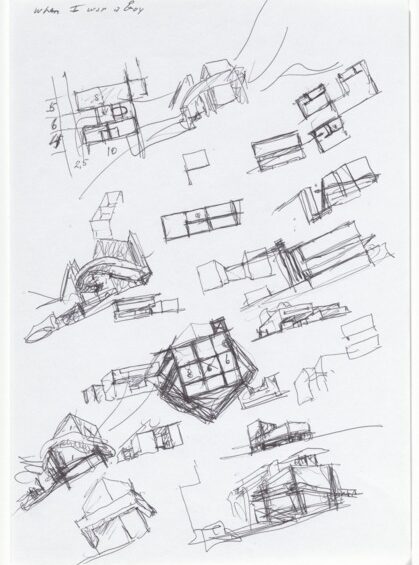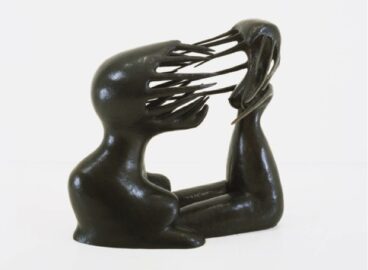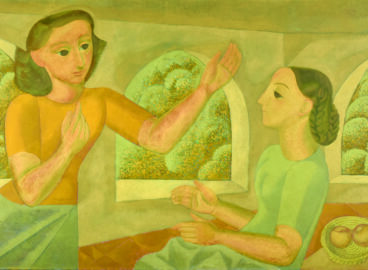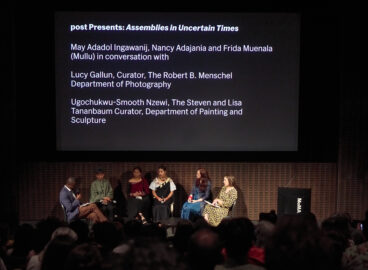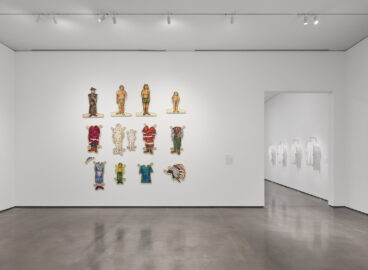The Iberê Camargo Foundation, a museum in Porto Alegre designed by Álvaro Siza Vieira (Portuguese, 1933–) and devoted to one of Brazil’s most renowned artists, features nine galleries stacked in a vertical volume from which undulating passages in white concrete cantilever to connect the building’s different public levels. The building’s form reveals a multiplicity of international influences. Though the inner space evokes Frank Lloyd Wright’s Solomon R. Guggenheim Museum in New York, the white, cast concrete establishes an important cultural dialogue with the work of Brazilian architectural masters, including Oscar Niemeyer and Lina Bo Bardi. In this sense, the building signals Siza Vieira’s capacity to articulate architecture’s cultural memories from north and south alike, while simultaneously maintaining a commitment to innovation in spatial features as well as an architectural program.
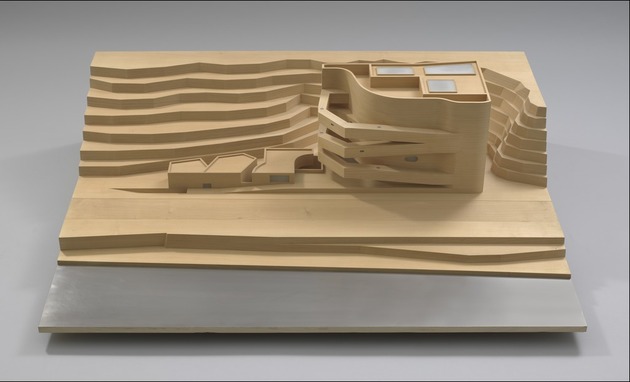
MoMA is fortunate to own several works that capture the spirit of the Iberê Camargo Foundation museum, a project honored with a Golden Lion award at the Venice Architecture Biennale in 2002. In addition to annotated working drawings and an important model in wood, the collection includes important original sketches, which were acquired from Siza Vieira’s personal archive. They reveal how the building, simultaneously more rigorous and baroque than his previous works, is also more truthful to the free-associative, hand-drawn drafts where the structure initially took shape.
